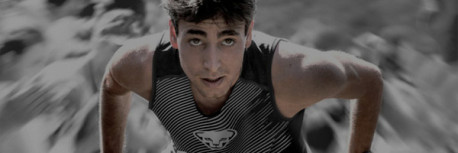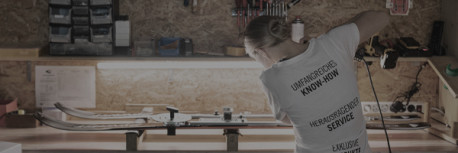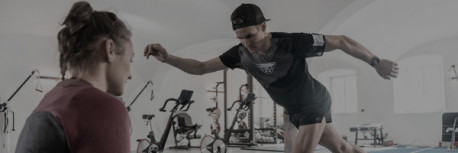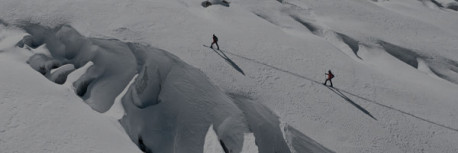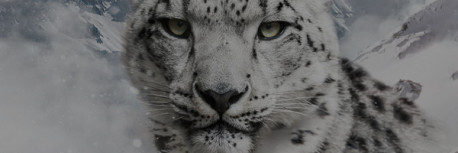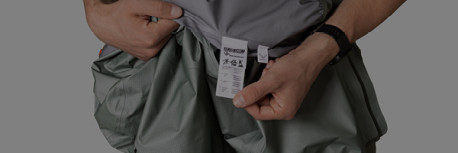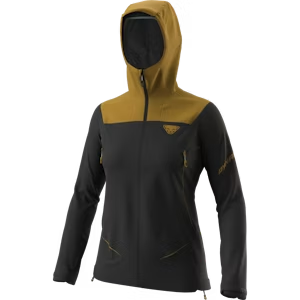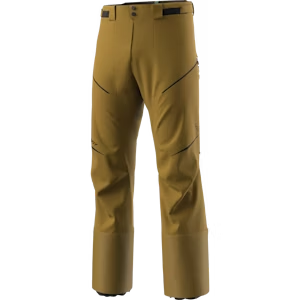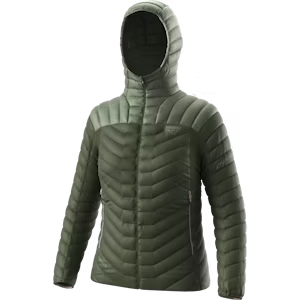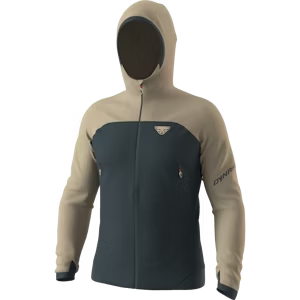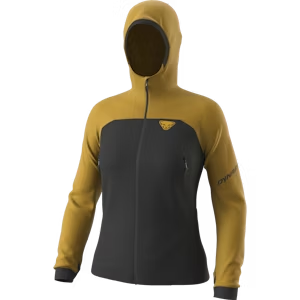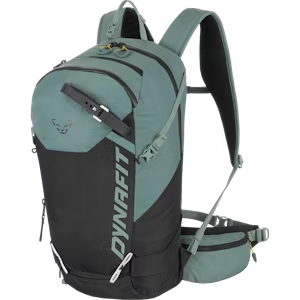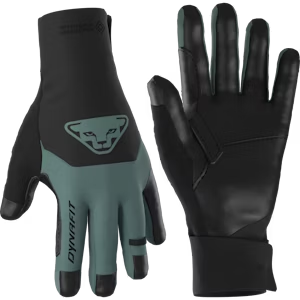Ready to level up: 5 ski touring tips for advanced skiers
Technique and conditioning down pat, knowledge about avalanches and tour planning, too. Do you dream of more challenging tours after so many vertical meters on easy terrain? High-alpine ski touring with glacier traverses, technical summits, or multi-day ski traverses, such as the legendary Haute Route, are attractive with their grand views, untouched descents, and alpine challenges. In order to master advanced ski tours safely and successfully, indispensable are sound knowledge, the correct gear, and extensive training and preparation. DYNAFIT athlete and mountain guide Javier Martín de Villa shares 5 helpful tips and tricks to reach the next level on the mountain.
Aiming high = more gear
Avalanche transceiver, probe, and emergency gear belong in your pack for every ski tour. On the glacier, though, there are few more items to come along. Equipment such as a minimum 30-meter rope, crampons, climbing harness, carabiners, a pulley, and a few runners aren’t just “nice-to-have” items, but true must-haves. In addition, pro backcountry tourers should have at least one ice screw along with them. Depending on ability, group size and the technical challenge, other equipment will be needed, too.
Despite this comprehensive list, the saying still holds true: As much as you need, as little as possible. Ultimately, you do have to carry all your equipment, and as the elevation increases, of course, that doesn’t get easier. Ideally, to save weight, you look for lightweight equipment in your glacier gear just as you do with your skis, bindings and boots.
My personal recommendation: The new DYNAFIT Ridge ski touring system. These products were developed especially for challenging touring. They are impressive with their low weight and high performance for efficient climbing and powerful descents.
Sound knowledges is the be-all-end-all
The best equipment does no good if you don’t know how to use it properly. If you are out on glaciers, you must master walking with crampons and know how to use an ice axe. In addition, you must also know roping up techniques and various methods of crevasse rescues.
Many outdoor schools and alpine associations offer specialized high-alpine courses where you learn the relevant technique and skills. The courses often also include a guided summit ascent with an experienced mountain guide. In my opinion, that is the perfect opportunity to apply what you have learned directly on the mountain.
Preparation is half the battle
To prepare for an alpine ski tour, you must not only do detailed tour planning and obtain all the information needed about weather and avalanche conditions there. It is also just as important to prepare your gear. I have seen again and again on the mountain that groups spend a lot of time on the edge of the glacier laying out their gear. That shouldn’t happen! Efficiency is the key to a successful summit. If you remain in place for a long time, you’ll get chilled and that costs unneeded energy that is better used on the climb.
Crampons absolutely must be precisely adjusted for your ski touring boots prior to starting out. That way you can put them on as fast and safely as possible. A rope is best pre-prepared with tie-in knots for team members, and you also put on a climbing harness while still in the hut.
Practice transitions on easy terrain
In alpine terrain, sooner or later you get to a point where you must carry your skis on your pack. Then comes what is called “boot packing.” At first, this may sound pretty simple, but it can lead to some big challenges on demanding terrain or icy surfaces. That’s why you should absolutely practice transitions beforehand: Where do I attach my skis to my pack? What carrying method is the most comfortable for me? How do I get to my crampons quickly? And then in reverse: How do I step into my skis again quickly and efficiently?
Depending on the brand and model, there are various methods for attaching your skis to your pack. Personally, I like the DYNAFIT system with loops and hooks the best. The advantage: With this system, I don’t have to take off my pack. Rather, I can attach my skis directly while standing.
It comes down to the rope team!
With the right crew, everything works much easier, and that goes double for an alpine ski tour I prefer to head into the mountains with good friends who complement each other and share the same mindset. One may be especially good on the climb, while the other may show his or her strengths on the descent.
As a rule, the most experienced member is the rope lead. The role of the team leader can of course change during the tour. Important is just that all responsibilities need to be clarified prior. On the mountain there can be no disagreements about who has the lead or who is last.
About Javi
Javier “Javi” Martin de Villa was born Aug. 23, 1981, in Madrid. He started ski touring at 15. He was a member of the Spanish National Team for mountaineering and has been a member of the DYNAFIT Athlete Team since 2005. As a mountain guide, he has accompanied many ski touring enthusiasts on their first alpine tour.
Need more information about ski touring for the more experienced? DYNAFIT Product Director Schorsch Nickaes shares a deeper look into the topic in a comprehensive YouTube video:
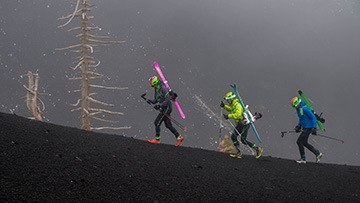
Etna Speed Rush
Read more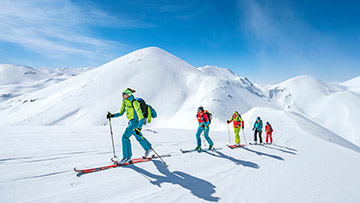
Ski Touring Crete
An experience report about an exotic ski touring trip to Crete, endless snow-covered expanse in the Lefka Ori mountains and Greek hospitality.
Read more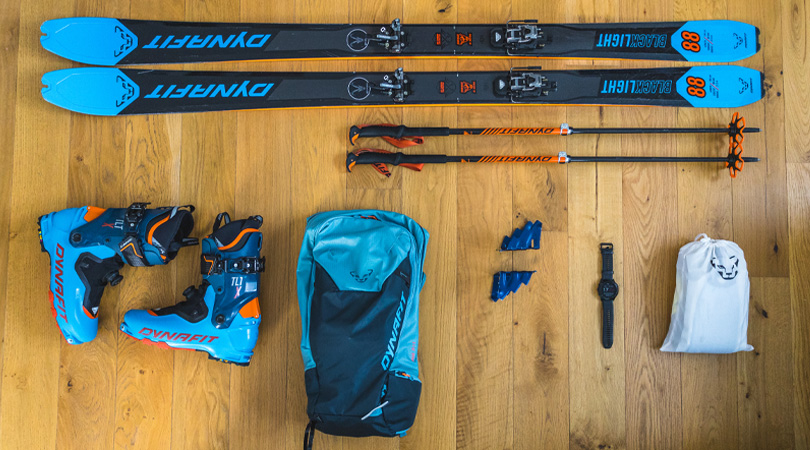
What's inside my skimo pack?
Are you planning a ski tour? Our packing list will help you optimize your preparation. From the right equipment to key essentials, you will find everything you need for the perfect ski tour.
Read more

